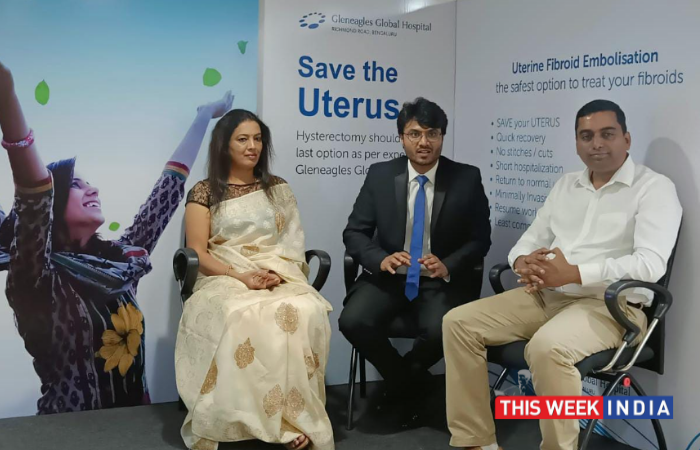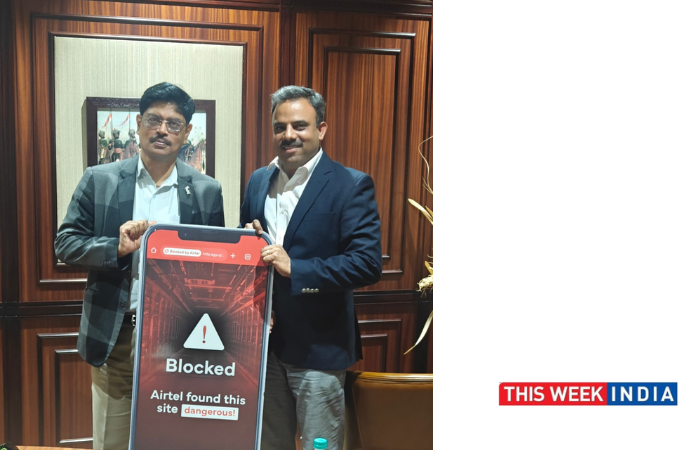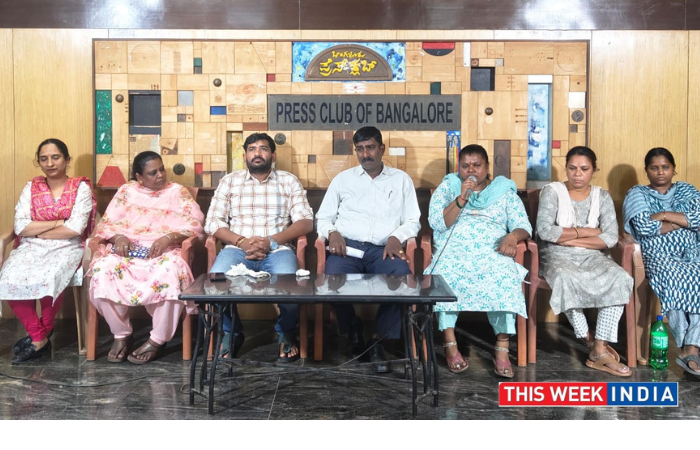- Uterine Fibroid Embolization, an interventional radiology technique can be used to treat uterine fibroids and avoid hysterectomy.
- Interventional Radiology is also used to treat health issues such as varicose vein, benign prostate enlargement, liver cancer and thyroid nodules.
Bangalore, July 6, 2022: Gleneagles Global Hospital, renowned for its robust care and cutting-edge treatment, offers Interventional Radiology (IR) procedures for minimally invasive and accurate therapy of varied medical conditions. The hospital highlighted the rise in avoidable hysterectomies in the city and said that IR may be used in several cases to treat uterine fibroids without surgery like hysterectomy & myomectomy.
Dr Rohit Madhurkar, Consultant, Head Interventional Radiologist, Gleneagles Global Hospital, Richmond Road said, “Uterine Fibroid Embolization (UFE) has many advantages over hysterectomy, mainly retaining the uterus (#savetheuterus) and its normal function with procedure needing only overnight hospital stay, fast recovery, no stitches along with least complications. It’s a newer, faster, safer, and easier way to relieve the symptoms caused by uterine fibroids, and it does not disrupt one’s life in the way a hysterectomy procedure does. In the past, many doctors recommended a hysterectomy/myomectomy for fibroids, but surgery is no longer the only available treatment. Although a surgery may be necessary for some patients, others can treat their fibroids using less invasive methods.”
Each person is different, but it usually takes about a three to six weeks to see significant improvement in the symptoms. Fibroids will continue to shrink over time, with symptoms also getting better. UFE can treat all the fibroids in the uterus completely at the same time. Also regain normal menstrual cycle in one to three months.
Uterine fibroids are noncancerous or benign tumors that grow in or on the uterus of women of childbearing age, primarily between 30 to 50 years. Studies estimate that 80% of all women will develop uterine fibroids at some point during their lives. Because many women don’t experience any symptoms, it’s possible the incidence of uterine fibroids is even higher. Heavy menstrual bleeding, anaemia, bleeding between periods, painful intercourse, increased urination, pain in pelvis or lower back, swelling or enlargement of the abdomen are few of the symptoms of uterine fibroids. If one or more symptoms are persistent, a woman must immediately consult a doctor. Ultrasound pelvis is a good screening tool for uterine fibroids.
Interventional radiologist (IR) utilizes the least intrusive techniques possible. In contrast to typical operations, treating these disorders only requires a “pinhole entry” into the body with minimally invasive tools such as micro puncture needles, small linear tubes (catheters), and micro wires are used in combination to move through the body to the appropriate region and perform the treatment. All making it patient-friendly, which offers the greatest results, a speedy recovery, day care with the least amount of suffering, and a scar. Additionally, it lowers the danger of infection and morbidity significantly.
Apart from UFE, Interventional Radiologist also treat various head to toe common health concerns like varicose veins, benign prostate enlargement, thyroid nodules, cerebral stroke, liver cirrhosis/tumors, and many more conditions. Which involves the use of advanced cutting edge technology like laser, microware/cryo ablation for tumors, life-saving Bleeder Embolization, angioplasty & stenting, thrombectomy & thrombolysis and many more.
Biju Nair, Cluster COO, Gleneagles Global Hospital, Bengaluru says, “We are happy to announce the launch of our interventional radiology services in the Richmond Road hospital making these treatments available for the patients in this neighborhood. I would also like to thank the IR team for their efforts in bringing awareness about newer treatment options that can SAVE THE UTERUS and enhance the quality of life for women having uterine fibroids.”









